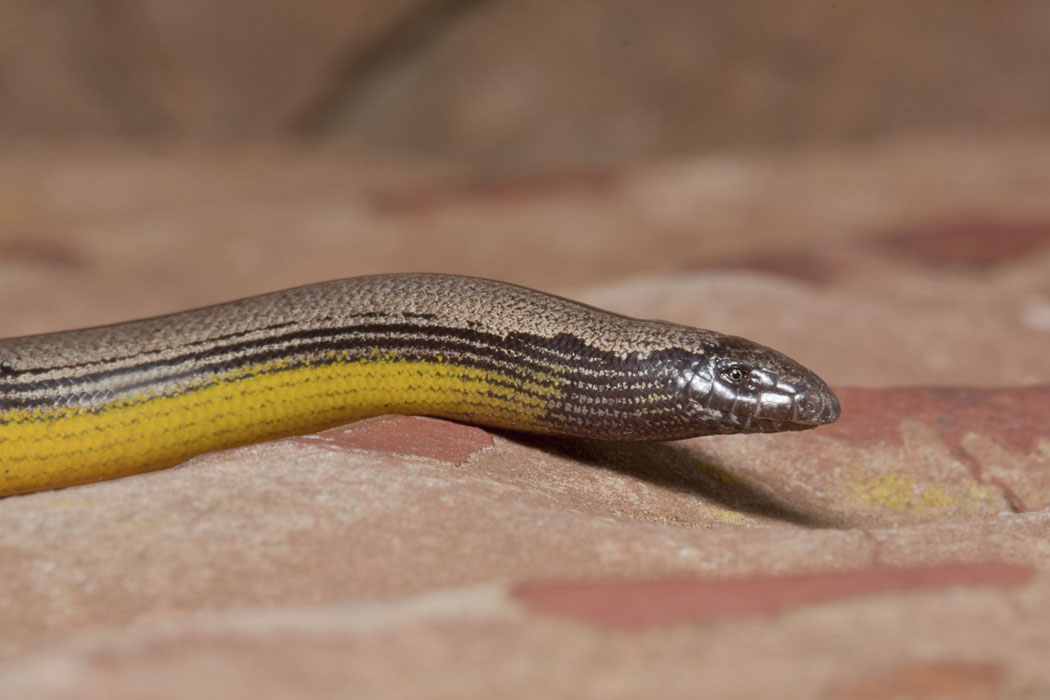Anniella Pulchra on:
[Wikipedia]
[Google]
[Amazon]
''Anniella pulchra'', the California legless lizard, is a limbless, burrowing lizard often mistaken for a snake.
 These lizards are around long from snout to vent (not including tail). They have small, smooth scales typically colored silvery above and yellow below, although black or dark brown forms exist in
These lizards are around long from snout to vent (not including tail). They have small, smooth scales typically colored silvery above and yellow below, although black or dark brown forms exist in
Animal Diversity Web: Anniella pulchra
/ref>
Description
 These lizards are around long from snout to vent (not including tail). They have small, smooth scales typically colored silvery above and yellow below, although black or dark brown forms exist in
These lizards are around long from snout to vent (not including tail). They have small, smooth scales typically colored silvery above and yellow below, although black or dark brown forms exist in Monterey County
Monterey County ( ), officially the County of Monterey, is a county located on the Pacific coast in the U.S. state of California. As of the 2020 census, its population was 439,035. The county's largest city and county seat is Salinas.
Montere ...
, California which were thought to be a separate subspecies at one point.
Taxonomy
There were formerly two subspecies of California legless lizard recognized based on individual color morphs: the silvery legless lizard, ''A. p. pulchra'', and the black legless lizard, ''A. p. nigra''. However, contemporary taxonomy considers them simply amelanistic
The term melanism refers to black pigment and is derived from the gr, μελανός. Melanism is the increased development of the dark-colored pigment melanin in the skin or hair.
Pseudomelanism, also called abundism, is another variant of pi ...
morph. More recently (in 2013), ''A. pulchra'' has been split up into five different species: ''A. pulchra'' (with a narrower definition), '' A. alexanderae'', '' A. campi'', '' A. grinnelli'', and '' A. stebbinsi''.
Distribution and habitat
They live in loose, sandy soils or leaf litter, typically in sand dunes along the coast. They are found fromContra Costa County
) of the San Francisco Bay
, subdivision_type = Country
, subdivision_name = United States
, subdivision_type1 = State
, subdivision_name1 = California
, subdivision_type2 ...
in northern California, all the way south to Baja California
Baja California (; 'Lower California'), officially the Free and Sovereign State of Baja California ( es, Estado Libre y Soberano de Baja California), is a state in Mexico. It is the northernmost and westernmost of the 32 federal entities of Mex ...
, although occurrences are often scattered. They require moisture to aid in shedding their skin. Without it, their vision and feeding can be affected, potentially starving the animal./ref>
Diet
Their diet consists of mainly beetles, larval insects, termites, ants, and spiders.Reproduction
Males are slightly smaller than females, otherwise there is no discernible difference between the two sexes. Females areovoviviparous
Ovoviviparity, ovovivipary, ovivipary, or aplacental viviparity is a term used as a "bridging" form of reproduction between egg-laying oviparous and live-bearing viviparous reproduction. Ovoviviparous animals possess embryos that develop insi ...
and probably breed between early spring and July, with 1 to 4 young born September–November. Young lizards resemble their parents except look like smaller versions of them.
References
{{DEFAULTSORT:Anniella Pulchra Anniella Legless lizards Reptiles described in 1852 Reptiles of Mexico Reptiles of the United States Lizards of North America Taxa named by John Edward Gray